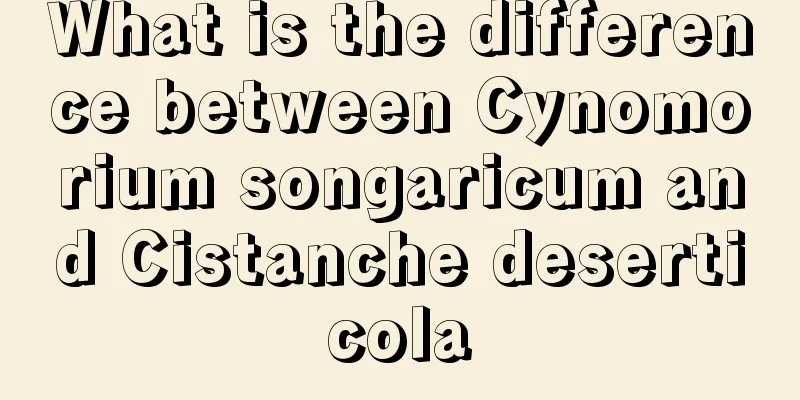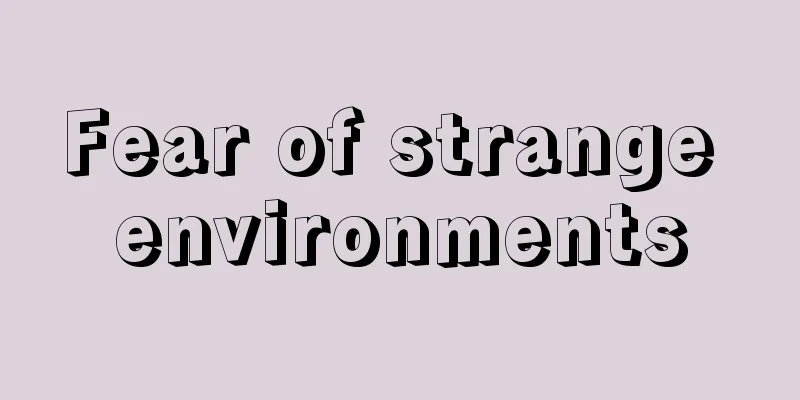What is the difference between Cynomorium songaricum and Cistanche deserticola

|
Cynomorium songaricum and Cistanche deserticola are both Chinese medicinal materials. The appearance of these two Chinese medicinal materials is somewhat similar, so many people don’t know what the difference is between Cynomorium songaricum and Cistanche deserticola. In fact, there is a big difference between Cynomorium songaricum and Cistanche deserticola. Judging from the shapes alone, Cynomorium songaricum and Cistanche deserticola can be distinguished. 1. Shape Cistanche is oblate and slightly curved, 3 to 15 cm long and 2 to 8 cm in diameter. The surface is brown or gray-brown, densely covered with fleshy scales arranged in a shingle-like pattern, usually with the tips of the scales broken off. It is heavy, hard, slightly flexible and not easy to break. The cross section is brown with light brown dot-like vascular bundles arranged in wavy rings. It has a slight odor and tastes sweet and slightly bitter. Cynomorium songaricum is oblate cylindrical, slightly curved, 5 to 15 cm long and 1.5 to 5 cm in diameter. The surface is brown or tan, rough, with obvious longitudinal grooves and irregular depressions. Some have remaining triangular black-brown scales. It is heavy, hard and difficult to break. The cross section is light brown or tan, with yellow triangular vascular bundles, a faint odor, and a sweet and astringent taste. 2. Efficacy Cynomorium songaricum effect: sweet and warm in nature. It enters the liver and kidney meridians. Nourishes the kidneys and moistens the intestines. Treat impotence, hematuria, constipation due to blood deficiency, and weakness of the waist and knees. Effects of Cistanche deserticola: sweet and salty in nature; warm in nature and enters the kidney meridians; replenishes kidney yang; benefits essence and blood; moisturizes the intestines. It is used to treat kidney yang deficiency, impotence due to insufficient essence and blood, spermatorrhea, leukorrhea, frequent urination, weak legs, tinnitus, blurred vision, delayed menstruation, infertility due to uterine cold, and constipation due to dry intestines. 3. Others From the overall perspective, it is not difficult to find that the functions of these two medicinal materials are similar, but there are still some differences in the details. The effects of the medicines are also different, one is stronger and the other is lighter. So it may be that these two herbs are targeted at different groups of people. The use of Cistanche deserticola is more targeted at the elderly, so Cynomorium songaricum may not be suitable for the elderly. |
<<: It turns out that there are 6 symptoms of magnesium sulfate poisoning
>>: Can vitamin E be applied directly on the face? If you love beauty, you must know this
Recommend
My hair smells bad during the summer confinement period
Chinese pregnant women will stay in confinement a...
Is alcohol acidic or alkaline
Alcohol plays a very important role in medicine. ...
Suffering from insufficient blood supply to the heart at the age of thirty
With the development of society, many diseases th...
What is the best way to wash oil stains on clothes?
Many people like to wear white clothes. White clo...
Why can't people with thyroid cancer swallow saliva?
The inability to swallow saliva in patients with ...
Can rotten bananas remove acne?
Having pimples on the face is a very painful thin...
How many types of wheal urticaria are there
The common name of urticaria is wheal. When the p...
What is a dental crown
There are several types of teeth, including the i...
Hand brew coffee maker operation steps
Hand-poured coffee pot is a popular method of bre...
Three reasons leading to the high incidence of prostate cancer
Prostate cancer is a common disease among men. Me...
How to quickly reduce internal heat
The problem of getting angry has always troubled ...
What causes thick white tongue coating and bad breath? Is it a disease factor?
If the tongue coating is thick and white and acco...
What are the causes of fibroids
Fibromas are currently capsule lesions located in...
Hepatitis B treatment is slow in effect, when will it be cured?
In daily life, some patients are carriers of hepa...
What are the dangers of using a second-hand breast pump?
Mothers who are breastfeeding often need to use a...









